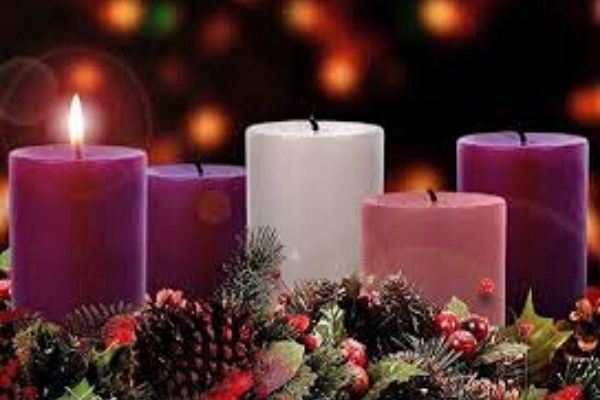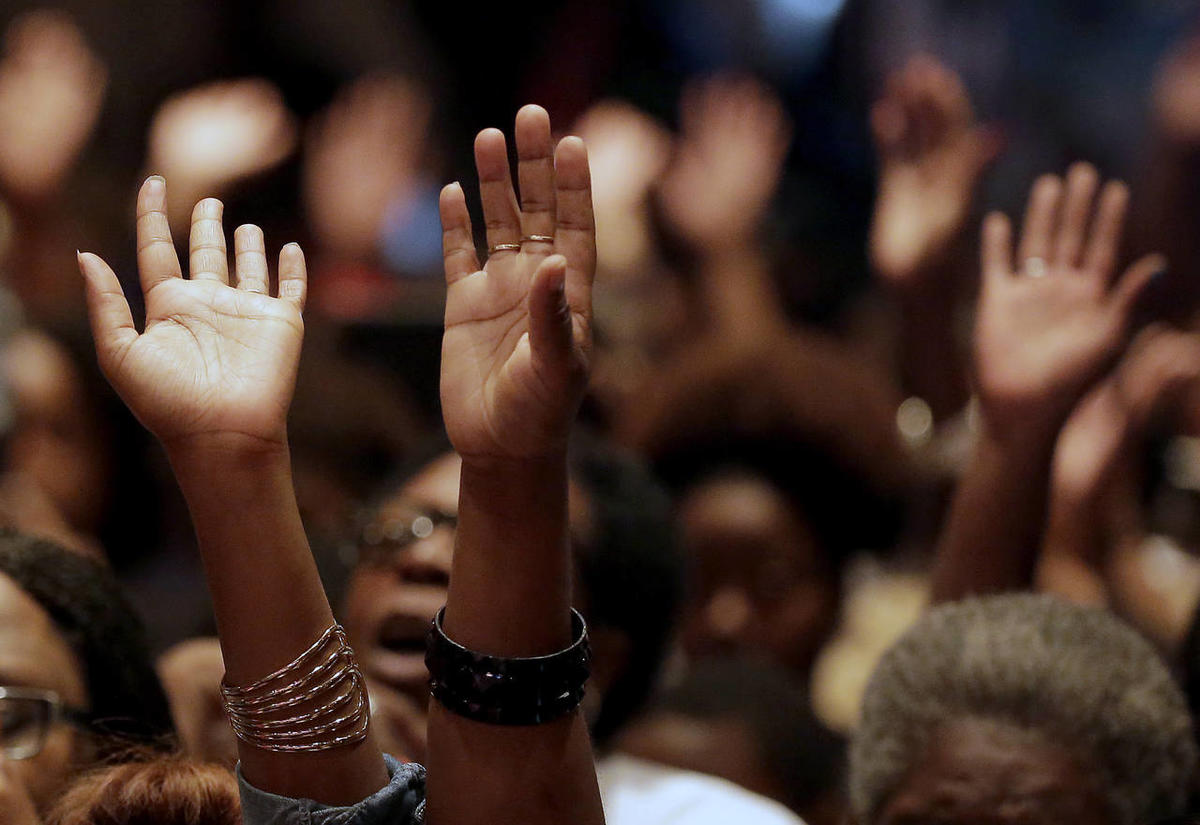
Event details
- Friday | October 1, 2021
- 6:00 am
From the Latin word adventus, meaning “arrival” or “coming,” Advent is the time of year when we celebrate the birth of Jesus Christ. The season of Advent is a part of the liturgical year, or church calendar, which dates back over 1,500 years and is observed in many Christian traditions. Even in traditions that do not practice the church calendar, Advent is often observed as a part of the Christmas season.
Beginning on the fourth Sunday before Christmas Day and leading up to the festivities of December 25, Advent is intended to be a time in which we prepare our hearts for the coming of Christ. The season of Advent is marked by themes of self-reflection, anticipation, hope, and, ultimately, joyful celebration of the Savior’s coming. These themes carry a dual meaning, first giving shape to our remembrance of Christ’s birth, then encouraging us as we await His second coming.
Counting down the days of Advent can help us consider what it must have been like waiting for the promised Messiah, generation after generation. It gives us an opportunity to lament the reason we needed a savior to come in the first place—our sin—and also to remember God’s past faithfulness to us. On this side of the cross, we know that Israel’s long season of expectation culminated in the birth of Jesus Christ. Likewise, our yearly season of Advent culminates in the celebration of Christmas; but first we walk through a season in which we prepare for the feast.
In addition to commemorating God’s faithfulness in the past, keeping Advent also helps us look ahead with hopeful anticipation. Advent puts us in the habit of watching and waiting, which is a helpful practice because Christians still live in a state of anticipation: We are waiting for Christ’s return. By looking back at His first Advent, we prepare ourselves to live in joyful expectation of His second Advent. By keeping these themes in mind, something as simple as an Advent calendar can help ready our hearts to celebrate the gift of God’s Son.
The first Sunday of Advent, November 28, 2021, we light the purple candle of HOPE. It represents the expectation felt in anticipation of the coming Messiah. Adam and Eve were the first people created by God. God gave them a beautiful place to live called the garden of Eden. God told Adam and Eve that they could eat from any gtree in the garden except the “Tree of Knowledge of Good and Evil.” On day a serpent appeared to Eve and tempted her to pick a piece of fruit from the forbidden tree. The snake told Eve that by eating this fruit she would become as wise as God. Not only did Eve take a bite of what is often thought to be an apple, she also encouraged Adam to partake as well. God became very angry. Adam and Eve knew that they had done wrong and they tried to hide, but God knew where the were and told them to leave the Garden forever. When the fledging human race disobeyed its Creator, sin became part of their lives and ours. Yet God, their Creator, did not give up on them. Humanity received the promise of a Savior, one who would destroy the deceiver as well as the power of sin to destroy them and their offspring-us. During Advent, as we wait the coming of Christ, we reflect on the fulfillment of God’s promise of a Savior, made thousands of years ago. And we anticipate the celebration of the gift of Jesus who came to break the power of sin and to give us the assurance of eternal life.
On the second Sunday of Advent, December 5, 2021, we light the purple candle of PEACE. John the Baptist proclaimed that peace is the gift of God born in the heart that turns away from sin and turns toward the Truth. John reminded the crowds and his disciples that he was only the messenger, preparing the way, inviting people to be washed clean and made read for the Prince of Peace. During Advent we need to hear John’s words as we prepare our hearts for the birth of Jesus, the Prince of Peace. Like John, we are called to keep spreading the news to prepare, to repent, and to find comfort in the peace of God.
On the third Sunday of Advent, December 12, 2021 we light the pink candle of JOY. As we recall the story of Mary, we are reminded that we too must be ready to accept what God sends because we know that God can be trusted to send the best. We acknowledge our need to find, like Mary, the empowering acceptance of God’ s presence. When in Advent, we hear and believe the angel’s message, hope is conceived anew as we await the birth of Jesus. Let us remember that God’s hope lives and grows within us as we await the birth of Christ at Christmas.
On the fourth Sunday of Advent, December 19. 2021, we light the final purple candle of LOVE, lit to mark the final week of prayer and penance as we wait for the birth of our Savior. As Christmas approaches, the story of the angel’s announcement helps us to remember that we are waiting for more than the birth of a baby-even though that is a great joy. Jesus was only born as a tiny, human baby, and we celebrate that memory. But as our Savior, Jesus is born anew each time someone hears the angel’s story for himself or herself – unto “you” is born a Savior. When we hear the angel’s announcement as though it is meant just for us, then we experience the rebirth of hope, just as God planned. The Christmas gift that Jesus brings is the greatest of all – the birth of new hope for life.
On Christmas day, December 25, 2021, the white candle of CHRIST is placed in the middle of the wreath and lit. It represents the life of Christ. The color white is for purity—because Christ is our sinless, pure Savior. During the last four weeks, as we have thought about the variety of people associated with the stories of Advent, Christmas. We have asked the question WHO? To summarize, it is important to remember that the first WHO of Christmas is God-the God who made the universe, who was saddened to see creation fall, and who designed a plan for redemption through the birth, life, death and resurrection of Jesus. Of course, the next Who of Christmas, Jesus Himself, – God in flesh your came to earth to bring hope, to show us the way, and to be the Way. The challenges of Christmas is to appreciate the humanity of Jesus who was born as a baby in Bethlehem and to worship the divine Jesus who conquered death and sin for us. The third Who in the story then, are people like us – the ones for whom Christ was born. As we recall God’s simple plan to change the world, we discover its power for our own lives. The victory of Christmas is complete only when the power of the story of Christmas, the ever-present spirit of God, is reborn again in each of our hearts to renew and resurrect God’s creation.

